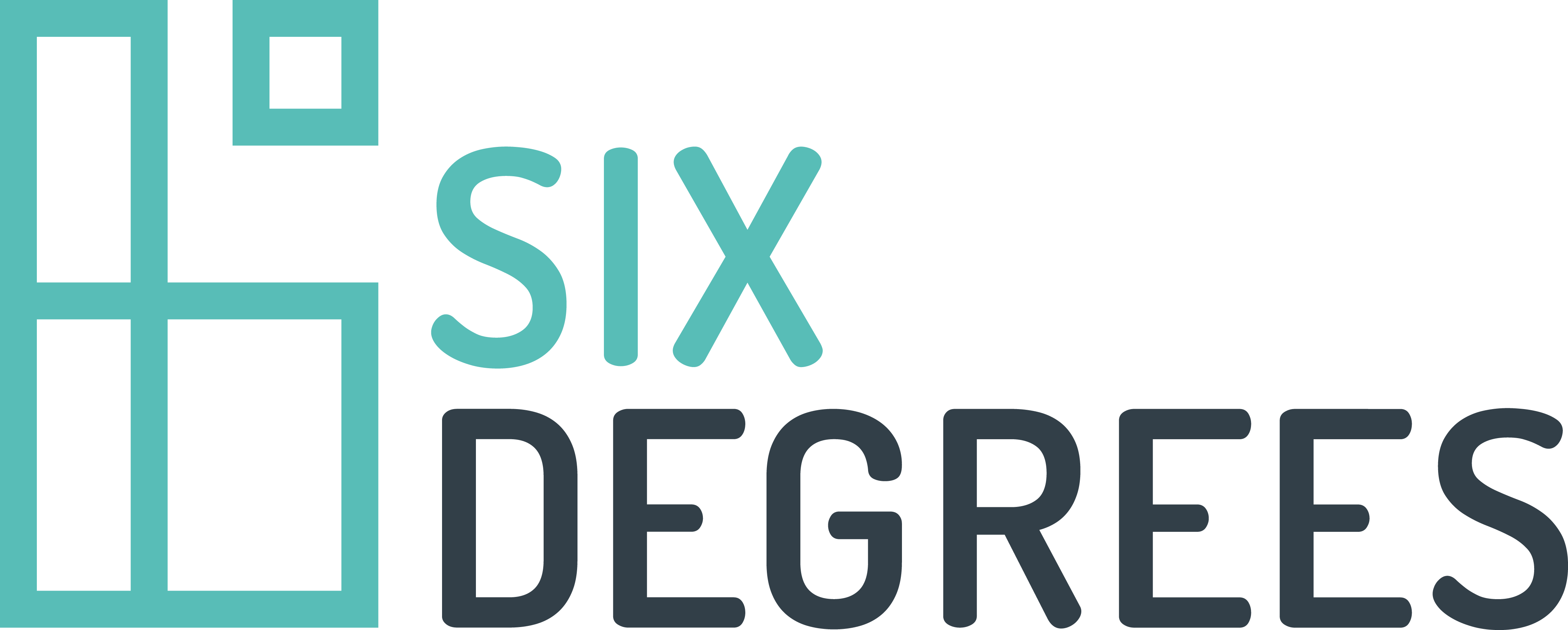Margaret Harrison, Managing Director of Our HR Company, believes engagement is the key to productivity. In this article she provides three strategies to tap into employees' latent discretionary effort and lift engagement.
For months now we have been overwhelmed by news and opinion pieces saying we must lift our productivity in order to be more competitive. It is also widely reported that Australia's productivity has been falling for the past decade regardless of which IR regime has been in place. To add to the talk about decreasing productivity, we have the Fair Work Act review telling us that it's all about management capability and there's nothing in the current IR world that is hampering productivity. All this talk no doubt stimulates discussion between economists and opinion makers, but what does it mean for business?
It is time for business to take up the productivity challenge. Most people think productivity is being asked to do more with less, and for less reward. While productivity is measured in a variety of ways depending on industry type,
Boston Consulting calculates "the market is anticipating no change in the poor performance of Australian CEO's", and Right Management points out that "companies failing to address staff engagement were generally less profitable". But how does business translate this into practice?
There are three critical elements to driving employee engagement:
1. Invest in management training
Engagement is largely a management issue and unfortunately it is often overlooked by Australian businesses. One of the first things to be cut in hard fiscal times is the training budget which impacts on the continuous learning required to improve and grow management capability. On-the-job training can work well to raise the performance of managers who in turn will become CEO's, but only if senior management provides middle managers with the tools and support to innovate and challenge 'business as usual' thinking. While senior managers stifle innovation and creativity in the ranks below, and our reward structures continue to reward mediocrity, it is easy to blame IR when productivity fails to improve. Will we ever be brave enough to follow Tom Peters and "Reward excellent failures. Punish mediocre successes?"
2. Present the company's strategy in a clear, concise and appealing way
Clarity and focus around business priorities and direction drives performance and productivity. All managers need to be involved in this process and it cannot be left entirely to the CEO (although it is imperative that it is led by the CEO). People are passionate about their work and nobody goes to work to do a bad job, but without being engaged to the company and its objectives, an employee will do only what is required and what one can get away with. It is doubtful that productivity will be increased unless the end strategy can be envisioned in a way that is plausible to people at all levels within an organisation.
3. Connect with people both intellectually and emotionally
When people feel they have meaningful jobs, and can see how those jobs fit into the bigger picture or the overall business journey, they will be more willing to engage with managers and the business as a whole. To engage people both intellectually and emotionally requires new ways of thinking and new ways of communicating the business strategy to all levels within an organisation. This level of engagement is essential to lift our productivity.
And what will be the reward for increased employee engagement?
-
decreased absenteeism
-
lower turnover
-
improved customer service
-
attraction of high calibre staff
All leading to a distinct competitive advantage.
There are several organisations that have successfully engaged their workforce and are reaping these benefits. Virgin has found the way and taken Richard Branson's "screw business as usual" to heart. They understand the value of good employee engagement and closely guard their competitive advantage. Packer's Crown has the means to create and place ads that herald their achievements which in turn, help connect employees to the bigger picture and make them proud to be part of it; they are part of entertainment and tourism industries, rather than simply a dealer in a gaming venue.
And now its your turn to take on the productivity challenge, starting with employee engagement.
Margaret Harrison is Managing Director of Our HR Company and former Director Human Resources at adidas Australia. Our HR Company's product 'Making the Connection' aligns and engages people with the corporate strategy.
